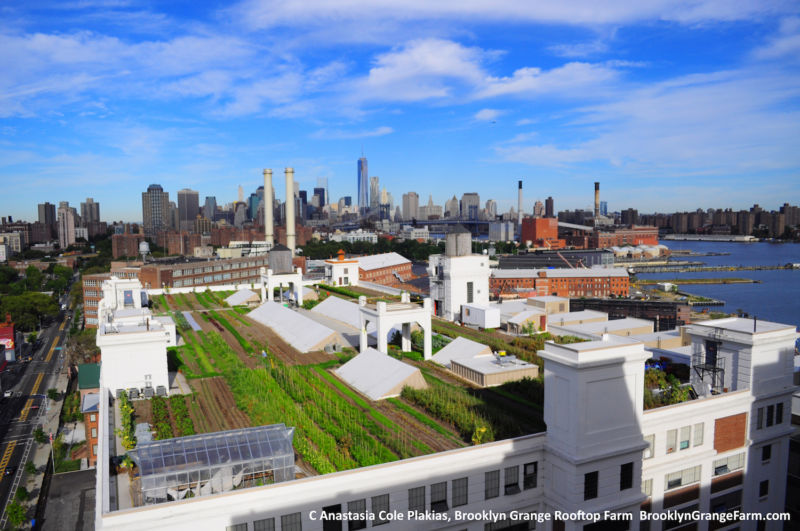City farms can be extremely efficient, but not now

Now not only high technologies are developing, but also technologies related to other areas. For example, agriculture. Now a large number of modern achievements are used here, including chemicals, robotic devices, DNA editing. In addition, new crop cultivation schemes are used, including urban farms.
They are considered an alternative to conventional agriculture, because they work in the center of the region of consumption of their products. Long-term storage, transportation over long distances - all this becomes unnecessary. But are urban farms “clean” with respect to the environment?
According to researchers at Australian University, the situation with such farms is quite complicated. As far as production is concerned, urban farms provide it in many cases more than ordinary farms. The performance of such systems is higher due to several reasons.
Scientists have found the owners of urban farms, who agreed to keep a detailed account of their activities during the year. Everything was taken into account, including the cost of electricity, the labor of farmers, the cost of materials and tools.
It is worth noting that the size of the farms is very small, in many cases it is only about 10 square meters. At the same time, a harvest of six kg of production was taken from every square meter (unfortunately, the time period is not reported). According to the specialists who did the work, this is two times more than ordinary farms (whose area is large, but the density of crop placement is relatively low).
However, labor costs on urban farms are higher than on regular ones. Thus, the cost of growing one kg of products on the urban farm is higher than on normal. Plus, urban farms cannot be called environmentally friendly - only 10% of the resources they consume come from renewable sources.
It sounds so-so, but, as mentioned above, the real picture is somewhat more complicated. The fact is that urban farmers use fertilizers that are made from urban waste, that is, they utilize a certain part of such waste. They also use rainwater, which is also a renewable resource. Considering all this, it turns out that urban farms use not 10%, but 40% of renewable resources.
But with the cost of labor is not so good. “Urban” farmers are not nearly as efficient as employees of conventional farms. Scientists emphasize that they have no desire to optimize their work. The fact is that for most it is a hobby and not a main occupation. They like to do what they do, it's a kind of relax. The result - not too high financial efficiency of urban farms. They are profitable, but the profit is minimal.
The conclusion made by representatives of the university is quite simple: if urban farmers treated their work really as a job, optimized their work and work processes, then enterprises of this type would become very profitable and efficient. So, urban farms are not showing very good results now, but they can be much higher if the owners themselves wish it.
In general, urban farming is becoming an increasingly common occupation - some farms grow only plants, others - both plants and fish, creating “aqua-farms”. The increase in biomass on such farms is quite high. In general, urban farming will gradually become increasingly important for cities as a food source. But this process is slow, so that we will be able to see real changes no earlier than in a few years.


